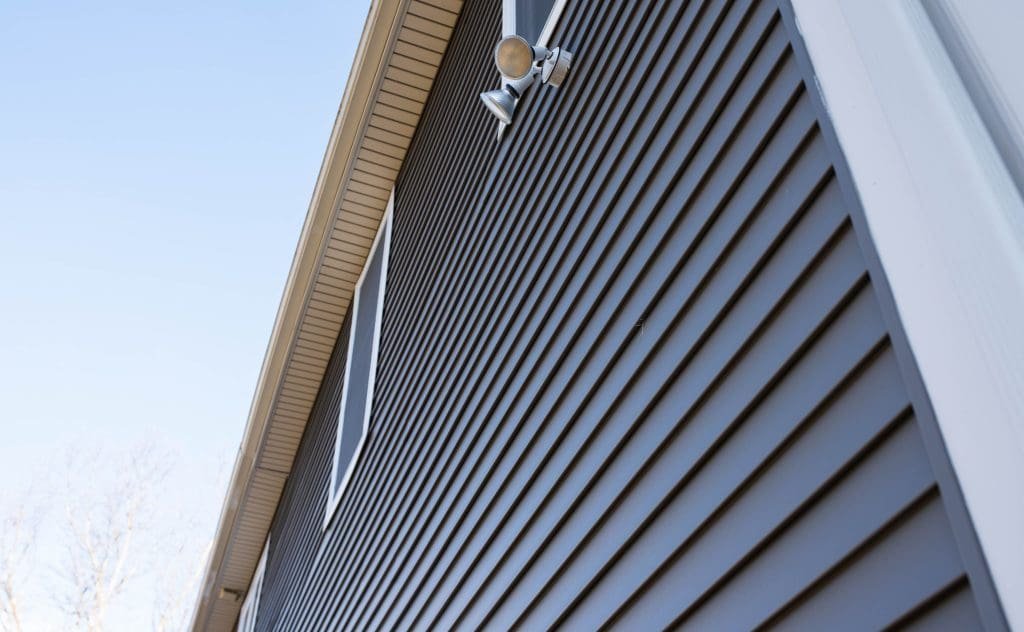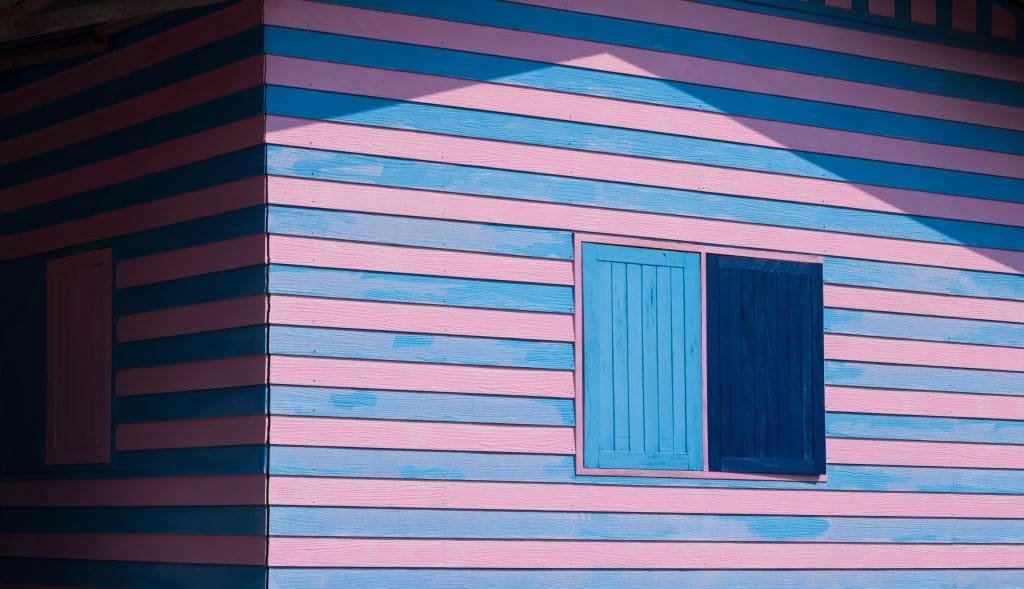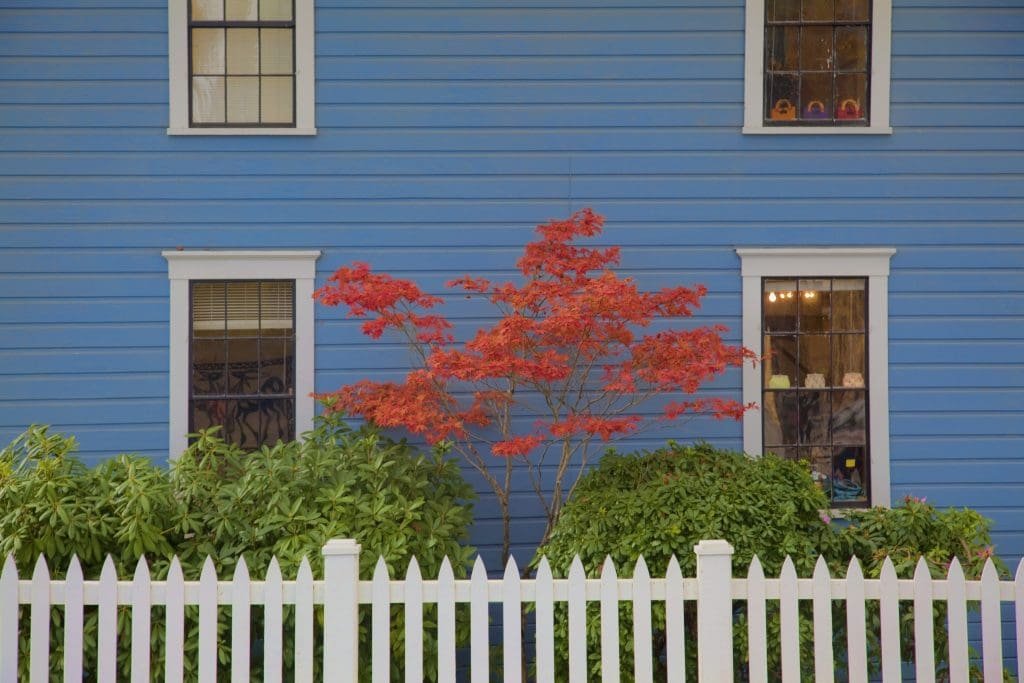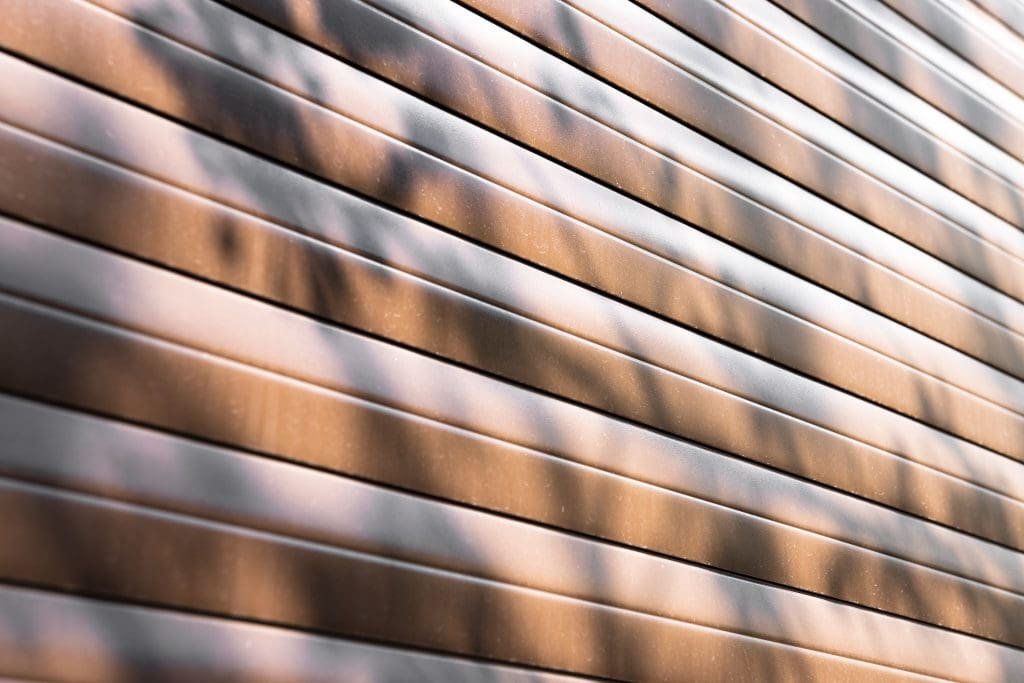If you’re a homeowner, you understand the importance of protecting your investment. One crucial aspect of home protection is the siding. Siding not only enhances the aesthetic appeal of your property but also plays a crucial role in safeguarding your home against various elements. In this article, we will delve into the significance of siding replacement in home protection and explore the different aspects you need to consider before making this crucial decision.
Understanding the Role of Siding in Home Protection

Before we dive into the specifics of siding replacement, let’s first understand the basics of home siding. Siding is the protective material installed on the exterior walls of a house. It serves as the first line of defense against external elements, protecting the underlying structure from moisture, extreme temperatures, pests, and other potential hazards.
The Basics of Home Siding
Home siding is available in a variety of materials, each offering different aesthetic and functional benefits. Some common siding materials include vinyl, wood, fiber cement, and aluminum. Each material has its own unique characteristics, such as durability, maintenance requirements, and resistance to factors like fire or pests.
Why Siding is Crucial for Home Safety
Aside from enhancing the visual appeal of your home, siding plays a critical role in ensuring your family’s safety and well-being. A properly installed and well-maintained siding can prevent water infiltration, which can lead to mold growth and structural damage. It also acts as a barrier against pests, such as termites or rodents, that can cause extensive damage to your home’s foundation and structure.
In addition, siding can provide insulation, helping to regulate the temperature inside your home and reduce energy consumption. This is especially important during extreme weather conditions, such as hot summers or chilly winters. By keeping your home well-insulated, siding can reduce your reliance on heating and cooling systems, ultimately saving you money on utility bills.
Furthermore, the choice of siding material can greatly impact the overall aesthetic appeal of your home. For instance, if you prefer a classic and timeless look, wood siding can add a touch of elegance and warmth to your property. On the other hand, if you prefer a more modern and low-maintenance option, vinyl siding offers a wide range of colors and styles to choose from.
It’s also worth mentioning that some siding materials, like fiber cement, are specifically designed to withstand harsh weather conditions, such as strong winds or hailstorms. This can provide you with peace of mind knowing that your home is well-protected, even during severe weather events.
Lastly, proper maintenance and regular inspections of your siding can prolong its lifespan and ensure its effectiveness. This includes cleaning the siding, checking for any signs of damage or wear, and promptly addressing any issues that arise. By taking care of your siding, you can maximize its protective capabilities and avoid costly repairs or replacements in the future.
The Lifespan of Different Siding Materials

Before considering siding replacement, it’s essential to have a good understanding of the lifespan of different siding materials. This will help you assess if it’s time for a replacement or if maintenance and repairs are more suitable in your situation.
When it comes to choosing the right siding material for your home, longevity is a key factor to consider. Different materials offer varying levels of durability and require different maintenance routines to ensure they last as long as possible. Understanding the lifespan of each type of siding can help you make an informed decision that aligns with your budget and maintenance preferences.
Common Siding Materials and Their Durability
The longevity of siding materials varies depending on their composition and quality. Vinyl siding, for example, is known for its durability and can last for 20 to 40 years with proper maintenance. Wood siding, on the other hand, requires more regular upkeep and typically lasts about 20 to 30 years. Fiber cement siding has gained popularity due to its durability and can last up to 50 years or more.
Brick siding is another option known for its longevity, with some brick facades lasting over a century with minimal maintenance. Metal siding, such as aluminum or steel, is also highly durable and can withstand harsh weather conditions for 40 years or more. Each material offers unique aesthetic qualities and maintenance requirements, so it’s important to weigh these factors alongside lifespan when making your selection.
Signs Your Siding Needs Replacement
Despite the durability of siding materials, there comes a time when replacement is necessary. Several signs indicate that your siding may need attention. These include cracks, fading color, warping, rotting, or visible water damage. Regular inspections and maintenance can help identify these issues early on, allowing you to address them before they escalate.
Additionally, changes in energy bills or indoor temperature regulation can also signal that your siding is no longer providing adequate insulation, prompting the need for replacement. Consulting with a professional siding contractor can provide valuable insights into the condition of your siding and whether it’s time to consider a replacement based on the specific indicators present in your home.
If you’re unsure whether it’s time for siding replacement, consult with a professional siding contractor who can assess the condition of your siding and provide recommendations based on your specific situation.
The Process of Siding Replacement

Once you’ve determined that siding replacement is necessary, understanding the replacement process can help you be better prepared and make informed decisions throughout the project.
Embarking on a siding replacement project is a significant undertaking that requires careful planning and execution. It’s essential to consider the type of siding material you want to use, whether it’s vinyl, wood, fiber cement, or another option. Each material has its own advantages and considerations, so researching the best fit for your home is crucial. Additionally, assessing the current condition of your existing siding and identifying any underlying issues, such as water damage or mold, is vital to ensure a successful replacement.
Preparing for Siding Replacement
Before the installation process begins, there are several steps you need to take to ensure a smooth and successful siding replacement. These steps include clearing the area around your home, disconnecting any external fixtures, and removing any personal belongings that could get in the way. Additionally, it’s crucial to work with a reputable siding contractor who has the necessary experience and expertise.
Furthermore, obtaining any necessary permits or approvals from your local municipality is an important step in the preparation process. Compliance with building codes and regulations is essential to avoid any potential issues during or after the replacement. Taking the time to properly prepare and plan for the project can help minimize disruptions and ensure a seamless transition to your new siding.
What to Expect During the Replacement Process
During the siding replacement process, your existing siding will be carefully removed, and any underlying damage will be addressed. The new siding will then be installed, paying close attention to proper insulation and ventilation. The process can take several days to complete, depending on the size of your home and the complexity of the project. It’s important to communicate with your contractor throughout the process and address any concerns or questions that may arise.
Moreover, choosing energy-efficient siding materials and incorporating additional insulation can improve the overall energy efficiency of your home. Proper ventilation is also crucial to prevent moisture buildup and ensure the longevity of your new siding. By working closely with your contractor and staying informed about the replacement process, you can make informed decisions that will benefit your home in the long run.
The Benefits of Siding Replacement

Investing in siding replacement offers numerous benefits beyond just protecting your home’s exterior. Let’s explore some of these advantages:
Enhanced Home Protection
New siding provides an added layer of defense against moisture, pests, and other potential hazards. By replacing damaged or deteriorating siding, you can ensure that your home remains well-protected, reducing the risk of costly repairs in the long run.
Increased Property Value
Siding replacement can significantly increase the value of your property. Upgrading to newer, more durable materials not only improves the appearance of your home but also attracts potential buyers in the future. A well-maintained and visually appealing exterior can greatly enhance your home’s overall curb appeal.
Moreover, modern siding options come in a variety of colors, textures, and styles, allowing you to customize the look of your home to suit your preferences. Whether you prefer a classic, traditional aesthetic or a more contemporary design, there is a siding option to complement your desired style.
Energy Efficiency
Another advantage of siding replacement is the potential for increased energy efficiency. Newer siding materials often come with better insulation properties, helping to regulate the temperature inside your home and reduce energy costs. By investing in high-quality siding, you can create a more comfortable living environment while also lowering your utility bills over time.
Choosing the Right Siding for Your Home

When it comes to selecting the most suitable siding material for your home, several factors need to be considered.
Choosing the right siding for your home is an important decision that can greatly impact its appearance, durability, and overall value. With so many options available in the market, it can be overwhelming to determine which siding material is the best fit for your specific needs. However, by considering a few key factors, you can make an informed decision that will not only enhance the aesthetics of your home but also provide long-lasting protection.
Factors to Consider When Selecting Siding
Consider aspects such as climate, maintenance requirements, durability, and cost when choosing siding for your home. Some siding materials may be better suited for certain climates or architectural styles. For instance, if you live in an area with extreme weather conditions, such as heavy rainfall or intense sunlight, you may want to opt for a siding material that is highly resistant to moisture and UV rays. Additionally, it’s important to assess your budget and long-term maintenance commitments to make an informed decision. Consulting with siding professionals can provide valuable insights and help you select the best option for your specific needs.
Another important factor to consider is the environmental impact of the siding material. With increasing awareness about sustainability and eco-friendly practices, many homeowners are opting for siding materials that are made from recycled or renewable resources. These materials not only reduce the carbon footprint but also contribute to a healthier and greener environment.
The Pros and Cons of Various Siding Materials
Each siding material has its own advantages and disadvantages. Vinyl siding, for example, is low maintenance and cost-effective but may lack the authentic look of wood. On the other hand, wood siding offers a traditional and timeless appeal but requires regular maintenance and may be prone to damage from moisture or pests. Fiber cement siding, a popular choice among homeowners, combines the durability of cement with the aesthetic appeal of wood, making it a versatile and long-lasting option.
Understanding the pros and cons of each material will help you make an educated decision that aligns with your preferences and circumstances. It’s also worth noting that advancements in technology have led to the development of innovative siding materials, such as engineered wood and metal composites, which offer enhanced durability and design options.
By taking the time to research and evaluate different siding materials, you can ensure that your home is not only protected but also reflects your personal style and taste. Remember, the right siding can significantly enhance the curb appeal of your home, increase its energy efficiency, and provide a strong defense against the elements.




